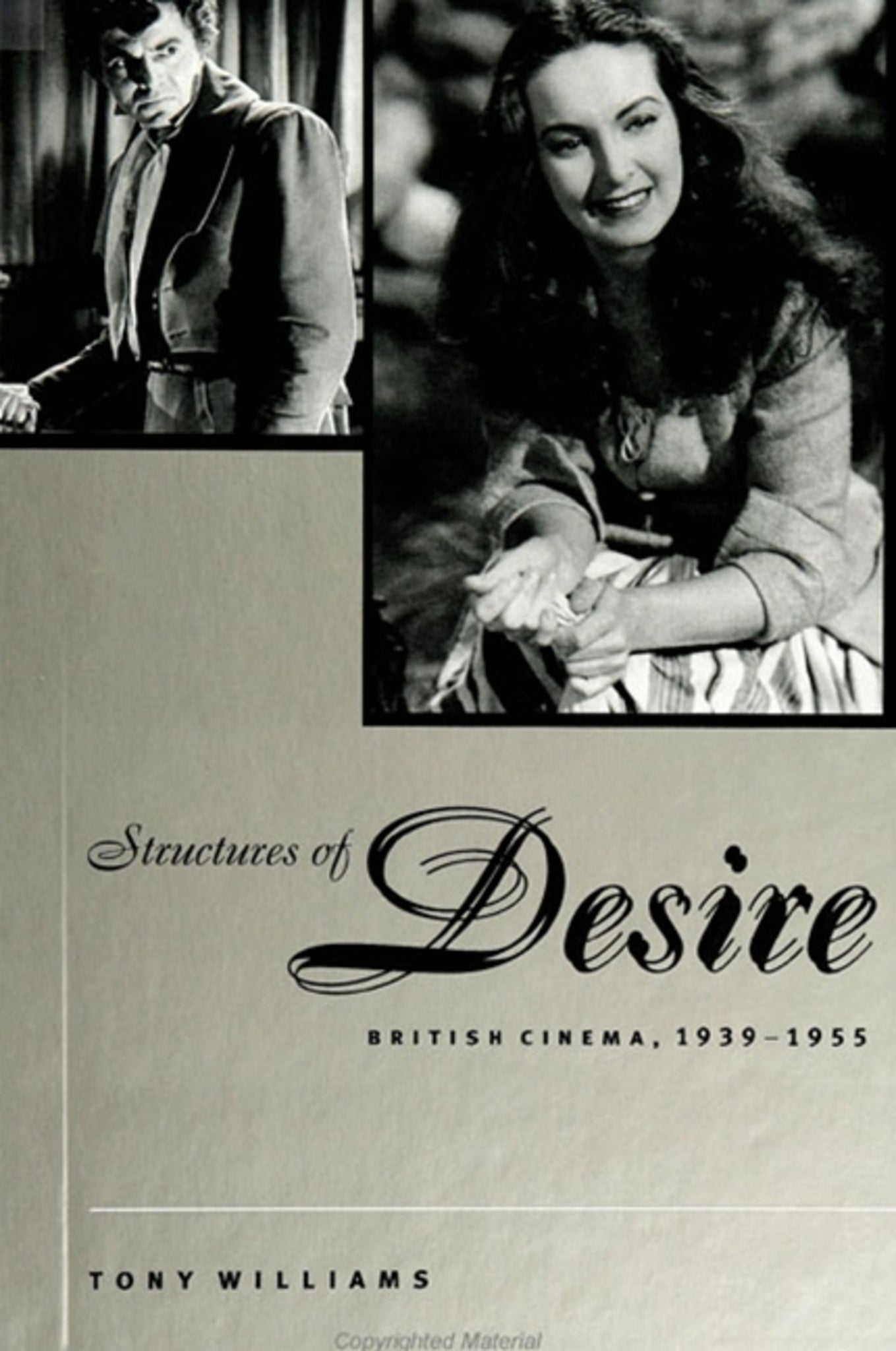We're sorry. An error has occurred
Please cancel or retry.
Structures of Desire

Some error occured while loading the Quick View. Please close the Quick View and try reloading the page.
Couldn't load pickup availability
- Format:
-
10 August 2000

Examines the cultural, historical, and ideological factors influencing British cinema during World War II and the postwar years, with attention to male-female relationships as well as to utopian desires for a better postwar world.
This book examines representations of desire in British cinema during a period of turbulent change. In addition to investigating male-female desire in status quo "realist" films and in various "anti-realist" movements represented by Gainsborough Melodrama and the work of Michael Powell and Emeric Pressburger, the book also explores the various factors that affected utopian aspirations for a better postwar world and how these desires eventually became restrained by the dominant forces of conservative ideology. Structures of Desire provides new perspectives on previously recognized film movements such as Ealing Comedy and Gainsborough Melodrama while also offering analyses of interesting but neglected films such as Love on the Dole (1941), Perfect Strangers (1945), They Made Me a Fugitive (1947), The Bad Lord Byron (1949), and Madeleine (1950).


"Combines a high degree of native insight with an expert synthesis of theoretical material to throw interesting, unusual, and fresh light on the relations between British culture and society, not only in the period under discussion but also with reference to the Thatcher era and the current state of affairs in the United Kingdom." — Philip Mosley, Pennsylvania State University
"Williams shows that very similar societal and personal questions find expression in a variety of genres and types of films, and he provides new and insightful readings of many hitherto neglected films." — Michael Anderegg, author of Orson Welles, Shakespeare, and Popular Culture
List of Illustrations
Acknowledgments
Chapter One
Introduction
Chapter Two
Forever Gainsborough?
Chapter Three
The Wartime Archers
Chapter Four
Utopian Desires
Chapter Five
Postwar Representations
Chapter Six
Postwar Archers
Chapter Seven
Ealing and Beyond
Chapter Eight
Conclusion
Bibliography
Index



